Lemongrass, known for its refreshing citrus aroma and myriad medicinal benefits, is a vital herb in the global spice and essential oil markets. Widely used in Asian cuisines, aromatherapy, herbal medicine, and cosmetics, this tall, perennial grass has become an agricultural treasure. Among the countries cultivating this herb, one stands out significantly for its high volume and consistent quality of production: India.
Understanding Lemongrass: A Global Herb
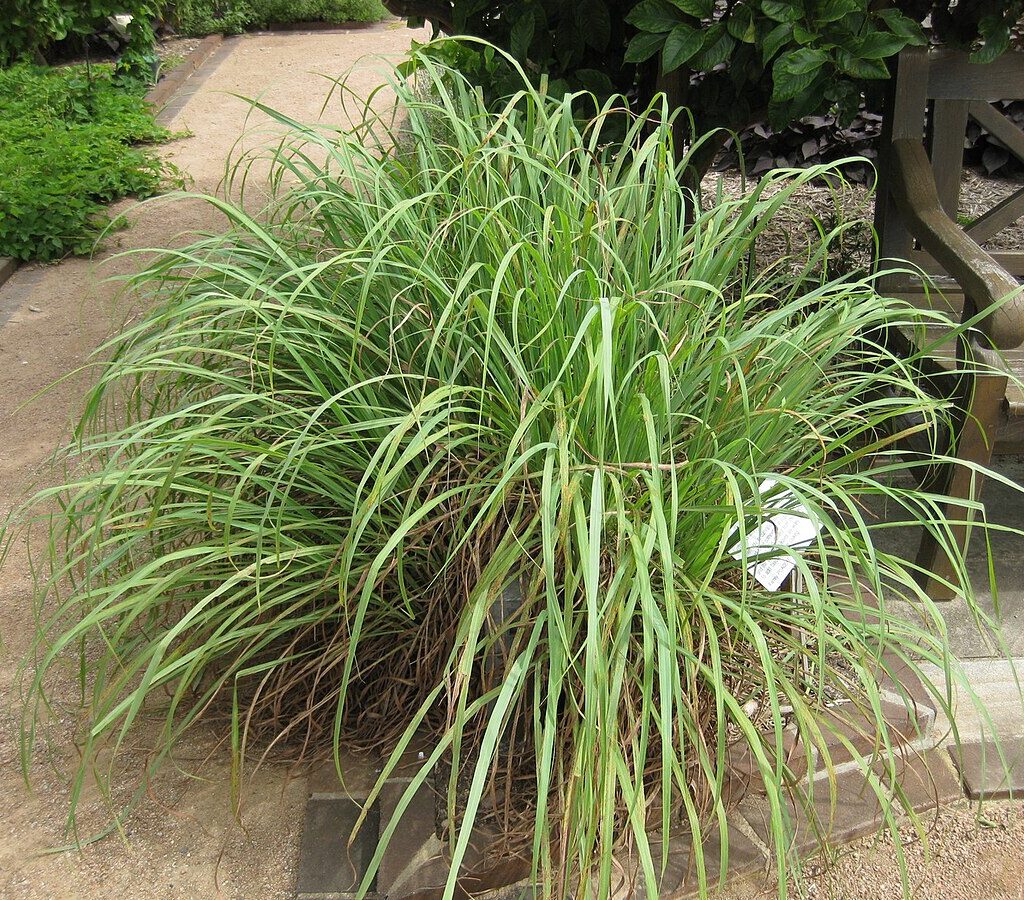
Lemongrass belongs to the genus Cymbopogon, which consists of about 55 species. The most commonly cultivated varieties for commercial use include Cymbopogon citratus (West Indian lemongrass) and Cymbopogon flexuosus (East Indian lemongrass).
Its popularity stems from several valuable traits:
- High essential oil yield.
- Distinct aroma rich in citral.
- Antibacterial and antifungal properties.
- Uses in tea, medicine, insect repellent, and perfumery.
With rising global awareness of natural products and herbal wellness, the demand for lemongrass has been steadily increasing, especially in the pharmaceutical and organic beauty sectors.
India: The Reigning Champion in Lemongrass Production
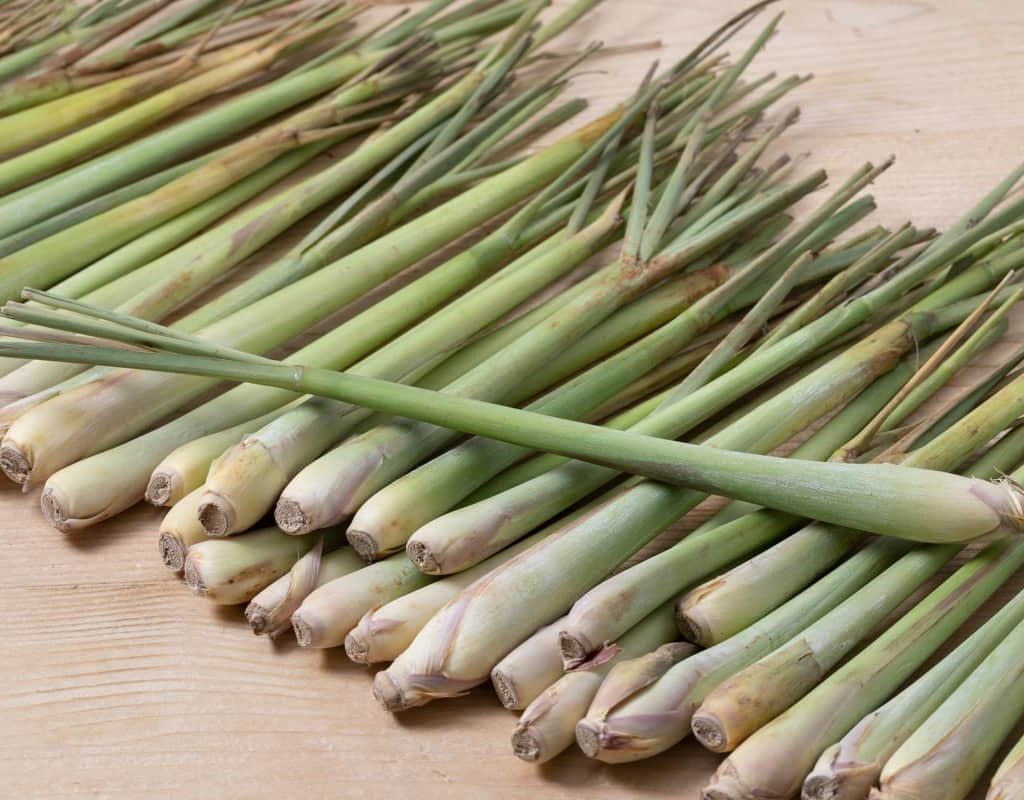
Geographic Advantage and Cultivation
India is the largest producer of lemongrass in the world, accounting for more than 80% of the global lemongrass oil output. The herb is primarily cultivated in the states of:
- Uttar Pradesh
- Kerala
- Karnataka
- Tamil Nadu
- Odisha
- Maharashtra
The subtropical climate, fertile soils, and ample sunlight make these regions ideal for lemongrass farming. Typically, lemongrass is grown as a perennial crop and is harvested 3–4 times a year, depending on rainfall and irrigation facilities.
Area and Production Stats
- Area under cultivation: Over 5,000 hectares.
- Annual production: Estimated at 400–500 metric tonnes of lemongrass oil.
- Oil content in plant material: Ranges from 0.5% to 1.0% by weight.
India not only produces vast amounts of lemongrass but also possesses one of the most developed essential oil extraction infrastructures in the world. This has further reinforced its dominance in the global lemongrass industry.
Export Excellence
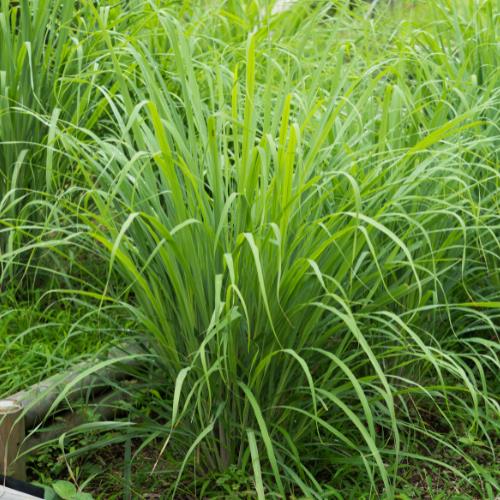
India exports lemongrass and its oil to over 40 countries. Major importers include:
- The United States
- France
- Germany
- Japan
- China
- UAE
According to trade data, India earns millions of USD annually from lemongrass oil exports. The Indian government, through the Ministry of AYUSH and other agricultural development schemes, promotes the cultivation of aromatic plants like lemongrass under the Medicinal and Aromatic Plants Program.
Other Leading Lemongrass Producers
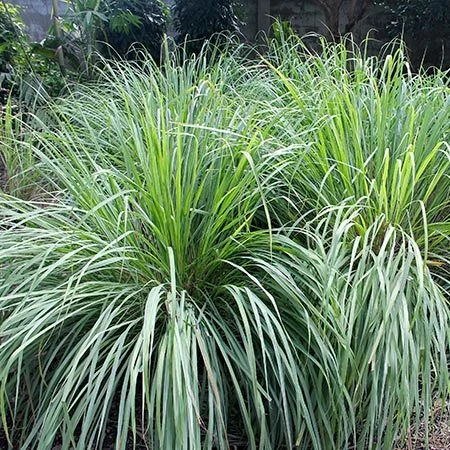
While India leads the world, several other countries also contribute significantly to global lemongrass production:
1. Guatemala
Guatemala is the second-largest producer of lemongrass oil. With a focus on high-quality organic production, the country exports a substantial quantity to North America and Europe. Lemongrass is grown in the volcanic highlands and humid plains, where the climate supports excellent oil content and quality.
2. Vietnam
Vietnam has emerged as a strong contender, particularly in Southeast Asia. Lemongrass is grown both commercially and in home gardens across the country. The herb is deeply embedded in Vietnamese cuisine and herbal medicine.
3. Indonesia
Indonesia cultivates lemongrass for domestic use and essential oil export. It ranks among the top five producers globally and benefits from vast tropical land and favorable agricultural policies.
4. Thailand
Thailand uses lemongrass extensively in its culinary culture. Though not a top exporter, it is a notable producer, especially in the central and northeastern regions.
5. China
China has increased lemongrass cultivation in recent years, primarily for domestic use in herbal teas and traditional Chinese medicine. Its production is growing due to rising internal demand.
Economic Importance of Lemongrass Production
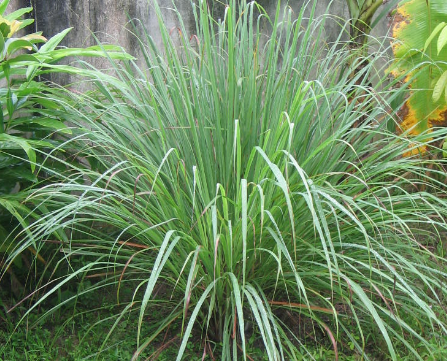
Lemongrass farming offers a viable livelihood for thousands of small-scale and marginal farmers, particularly in India. Here’s why it’s economically important:
1. High Returns per Acre
Lemongrass is a low-input, high-return crop. Once planted, it continues producing for up to 5 years, with multiple harvests annually.
2. Climate Resilience
It thrives even in marginal soils and semi-arid regions. This makes it suitable for farmers with limited irrigation facilities.
3. Diverse Uses
Every part of the lemongrass plant is used—either for oil extraction or direct sale to culinary and medicinal markets.
4. Growing Export Market
The demand for natural essential oils in perfumery, soaps, cosmetics, and aromatherapy has pushed prices and volumes higher.
The Role of Technology and Research
India’s leadership in lemongrass production is also backed by research from institutions such as:
- Central Institute of Medicinal and Aromatic Plants (CIMAP) – based in Lucknow, this premier institute has developed high-yield lemongrass varieties like Krishna, Pragati, and Nima.
- CSIR – supports essential oil extraction innovations and training for farmers.
Technological advancements in steam distillation, organic cultivation, and post-harvest storage have also improved both oil quality and yield.
Environmental Benefits
Apart from its economic benefits, lemongrass offers ecological value:
- Acts as a soil binder and prevents erosion.
- Repels insects naturally, reducing pesticide use.
- Can be grown on degraded or fallow land.
Its carbon footprint is relatively low, especially when cultivated organically, making it a sustainable crop for the future.
Challenges Faced by Producers
Despite its success, lemongrass production isn’t without hurdles:
- Price Volatility: Global essential oil prices can fluctuate based on demand-supply dynamics.
- Climate Vulnerability: Heavy rains or droughts can severely impact yield.
- Lack of Awareness: In many rural areas, farmers lack knowledge of its market potential or best farming practices.
- Limited Processing Units: In some regions, farmers must transport harvests long distances to distillation centers, increasing costs.
Efforts are ongoing to improve access to training, modern distillation technologies, and marketing platforms.
Future Outlook
With growing global interest in natural wellness, plant-based cosmetics, and eco-friendly living, the demand for lemongrass and its derivatives is expected to grow by 5-7% annually in the coming decade.
India is well-positioned to not only maintain but expand its leadership role with proper government support, cooperative models, and private sector engagement.
Moreover, lemongrass cultivation aligns with sustainable development goals by promoting rural employment, biodiversity, and organic agriculture.
Conclusion
India proudly holds the title of the world’s largest lemongrass producer, thanks to its favorable climate, agricultural tradition, and robust infrastructure. As awareness of natural remedies and sustainable products continues to rise globally, lemongrass is set to play an even more vital role in the herb and essential oil industries.
For nations aiming to replicate India’s success, investments in farmer education, distillation technology, and global trade partnerships are essential. As the demand for this “green gold” grows, lemongrass production will remain a vital and aromatic pillar of global agriculture.




Leave A Comment